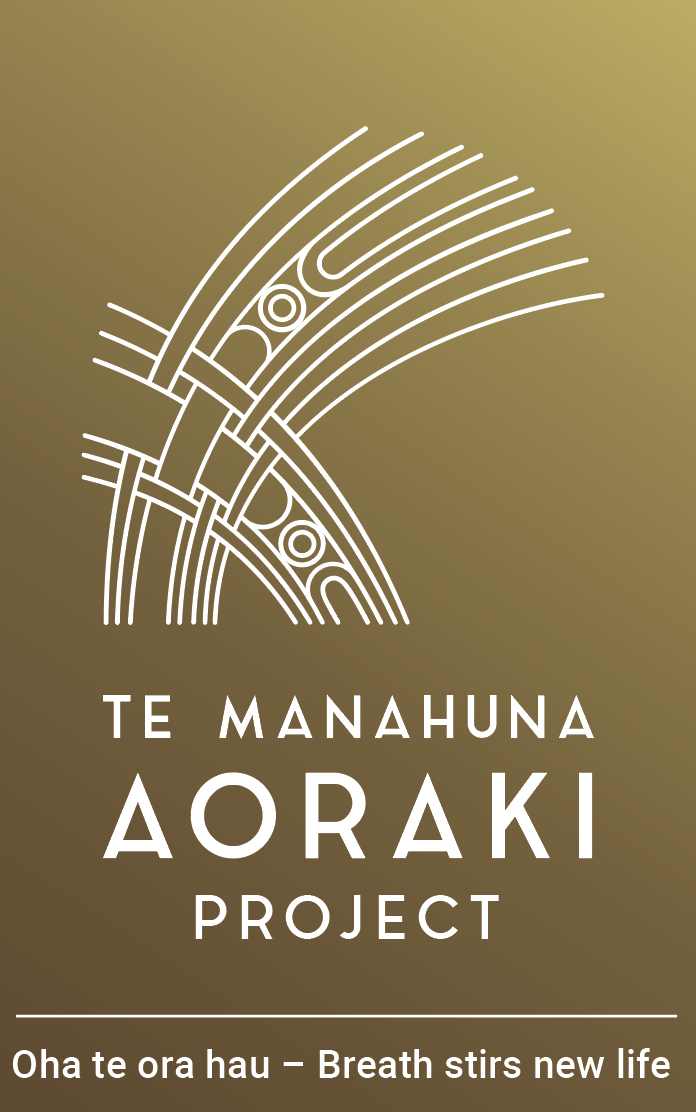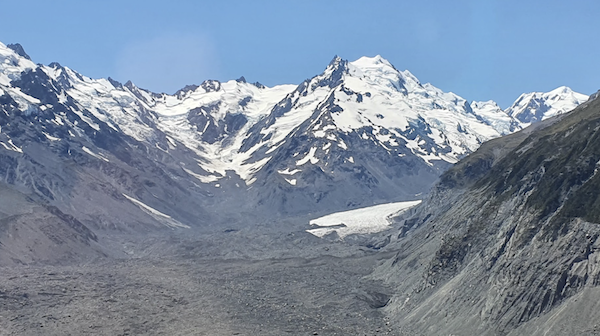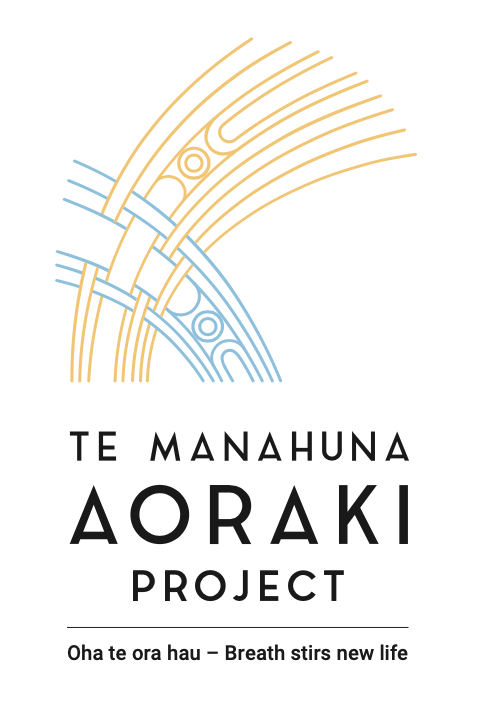A planned expansion of pest elimination operations in Aoraki / Mount Cook National Park will result in half the park becoming pest free, giving native species a chance to thrive.
Te Manahuna Aoraki Project is working to eliminate possums, rats, rabbits, hares, stoats and feral cats from around 35,000 hectares, including the Malte Brun Range and Kirikirikatata / Mount Cook Range, by 2024.
In this alpine environment, possums, rats, stoats and feral cats prey upon native birds like kea and tuke (rock wren), along with lizards and invertebrates such as scree wētā. Browsing by possums also has a significant impact on alpine shrublands and herb fields. As in the farmlands, rabbits and hares are impacting the sensitive habitats of this area and providing a food source for predators.
In autumn 2022 an aerial predator removal operation was carried out across 5,000 hectares in the Malte Brun Range. Since the operation, we have been using a range of methods to target a few remaining possums, to keep over 18,000 hectares of the Malte Brun free of pests. The project is now planning to extend the pest elimination across a further 17,000 hectares within Kirikirikatata / Mount Cook Range, adjoining the Malte Brun Range.
The project is now planning to extend the pest elimination across a further 17,000 hectares within Kirikirikatata / Mount Cook Range, adjoining the Malte Brun Range. While the Kirikirikatata pest operation was originally proposed for autumn 2023, Project Manager Simone Smits says that due to unsettled weather the operation is now planned for late summer/early autumn next year.
“We have been very grateful for the support of both locals and concessionaires as we prepare to carry out this complex alpine pest elimination. We’re working with concessionaires to minimise the impact of the operation on tourism while still enabling us to complete the pest elimination around winter snow,” she says.
Eliminating pests from Kirikirikatata will increase the predator free area to 35,000 hectares, which represents half of Aoraki / Mount Cook National Park. It will be the first step in scaling up elimination across large landscapes within an East Coast dryland ecosystem.
Kirikirikatata is surrounded by glaciers, high mountains and fast flowing rivers, which form strong natural boundaries to reinvasion once pests are eliminated. The resulting biodiversity gains will therefore be protected with minimal ongoing effort.
Developing and refining pest elimination approaches at this site will help us to plan future pest elimination programmes across Te Manahuna Aoraki Project area, and ultimately reduce the need for ongoing widespread aerial control to protect native species in this iconic place.


